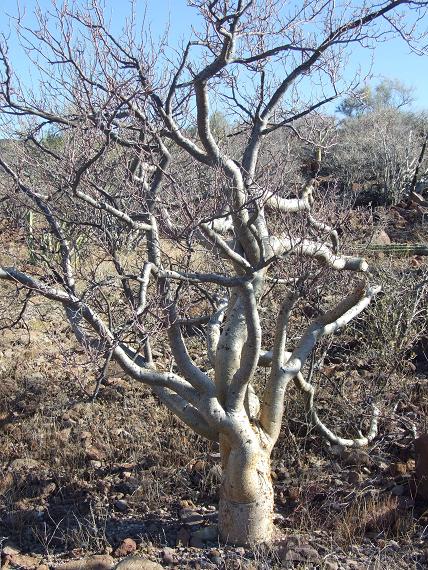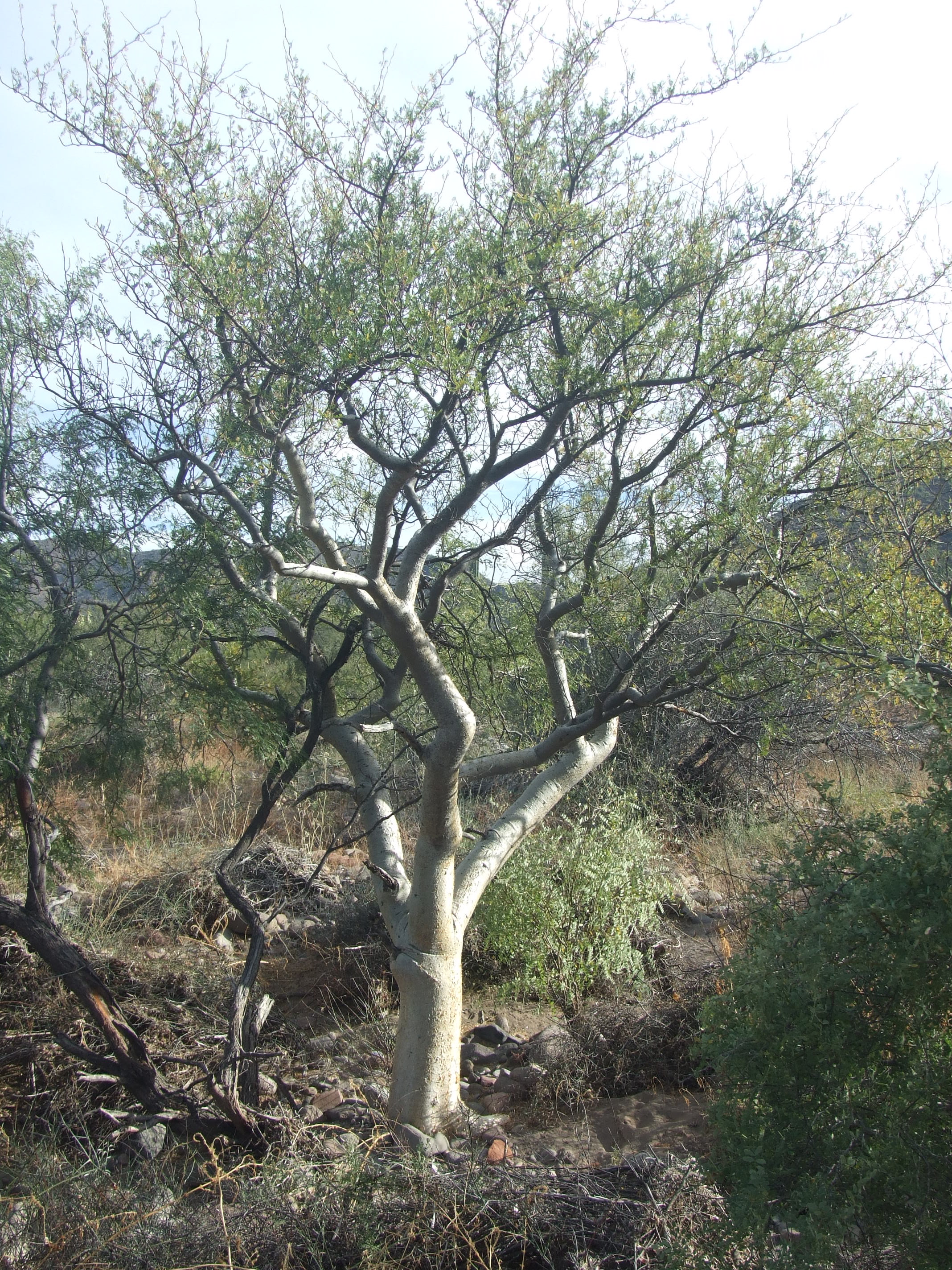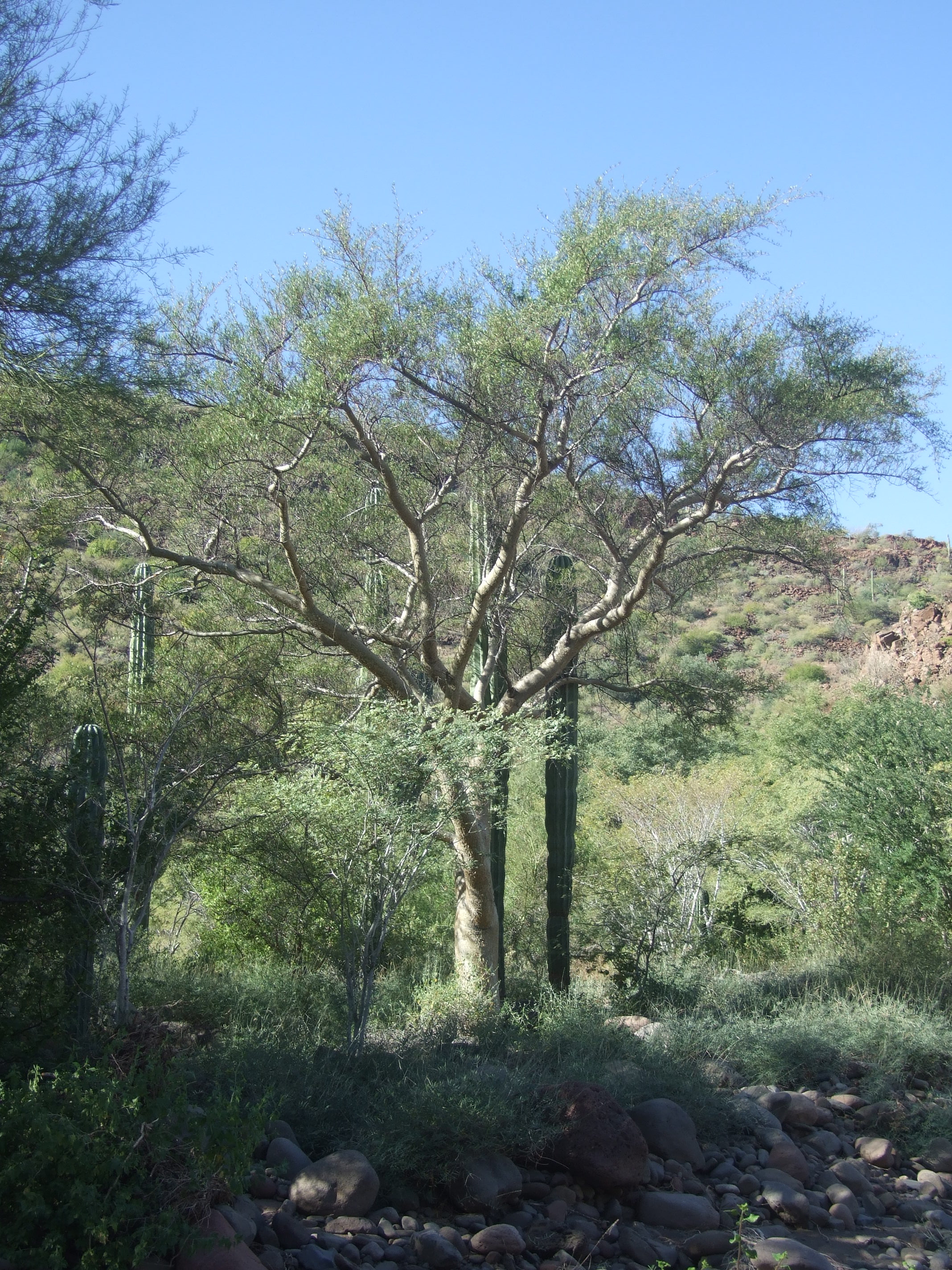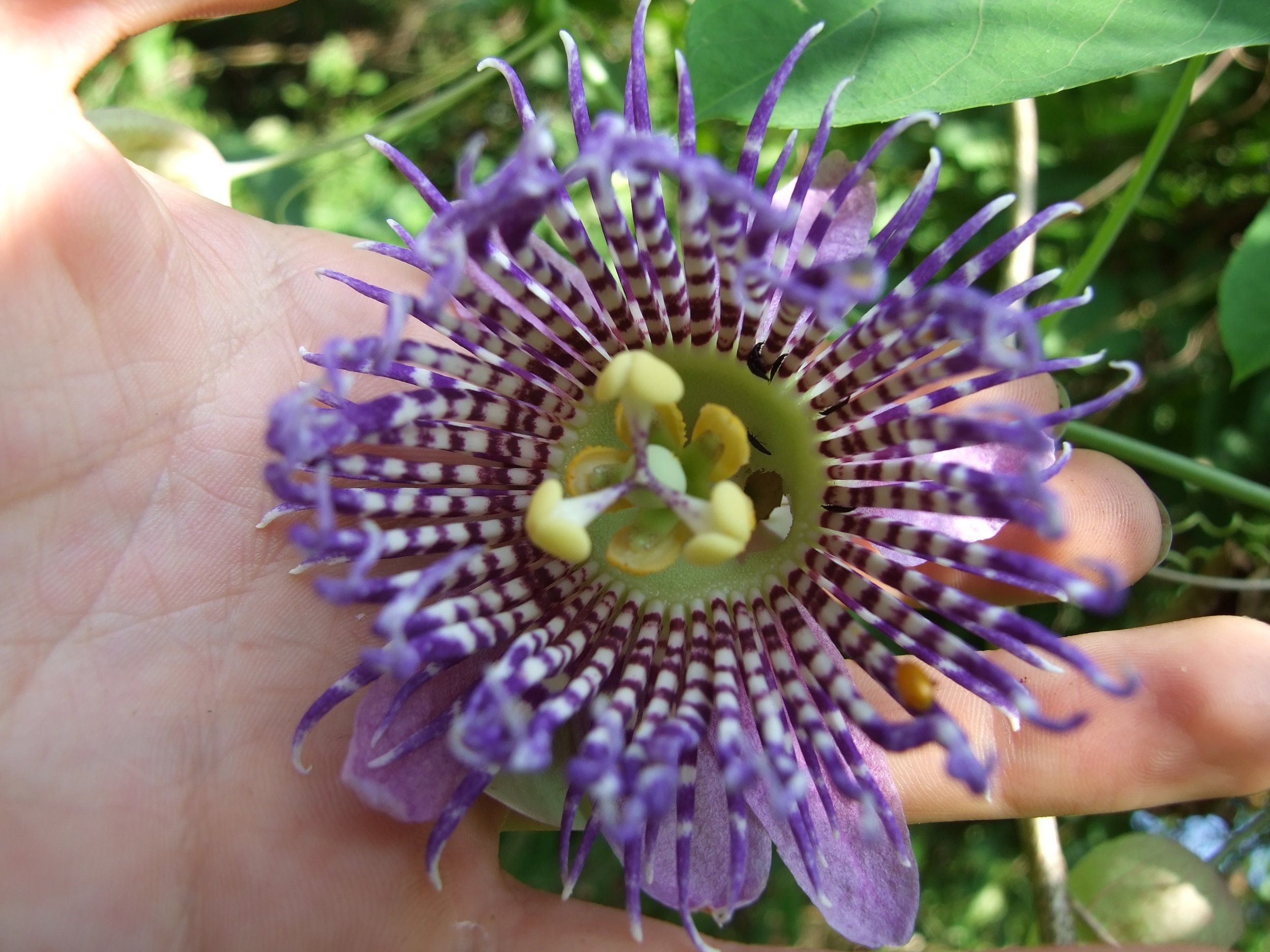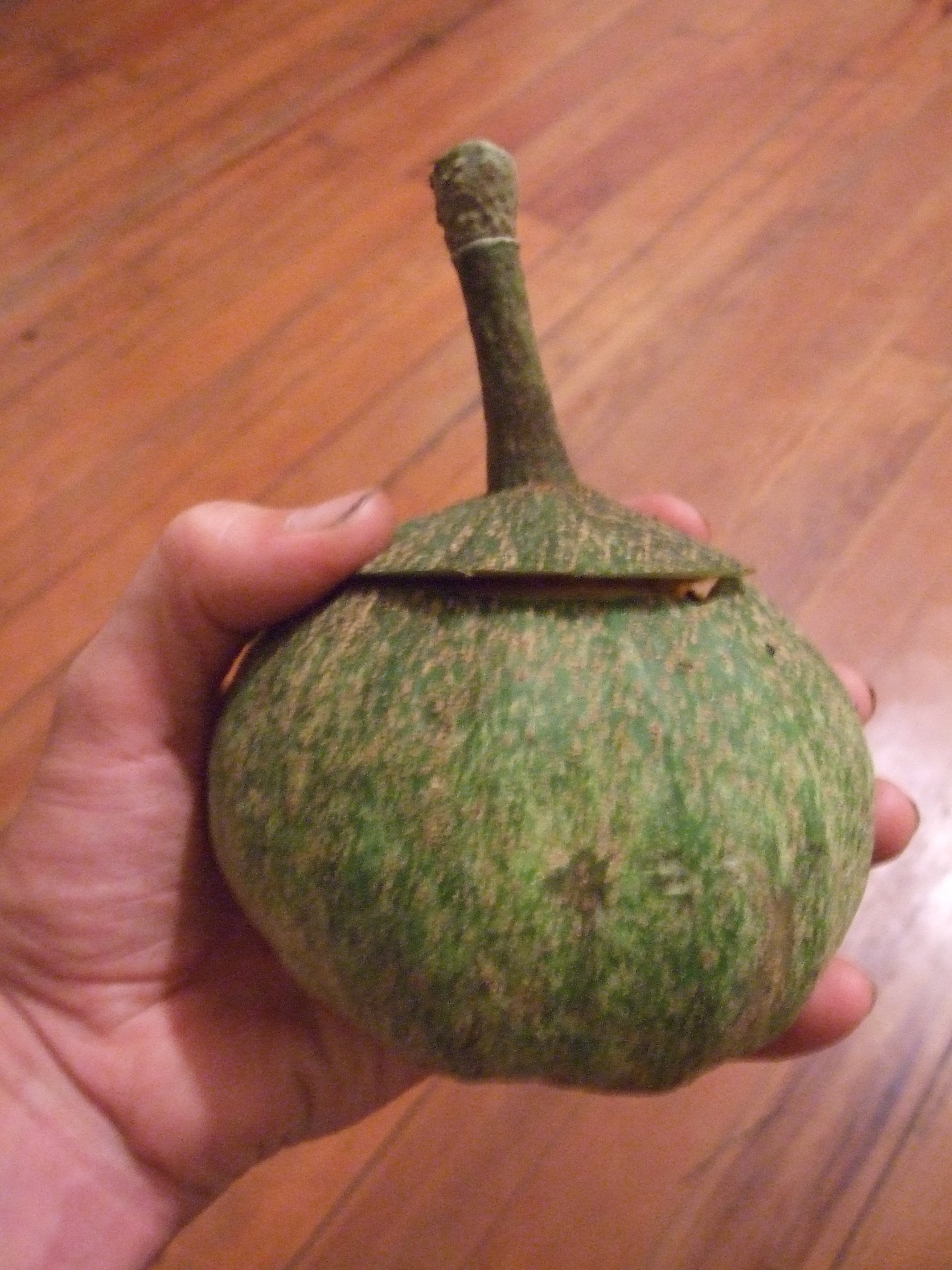Passiflora seemanii
Here are some photos of a Passiflora variety I found on an island off the Northern Caribbean coast of Panama
Passiflora seemanii flower.
Passiflora seemanii close up.
Pouteria sapota - mamey sapote
Originating in Central America, Mamey has become common in the throughout Caribbean, Venezuela, Colombia, and Ecuador. It is widely cultivated in the American tropics, sold in produce markets and, to a lesser extent, supermarkets. Historical records indicate that the Mamey served as the principal source of food for Cortez and his soldiers during their march to Honduras in 1524. The fruit was a very important food source for the Mayan and Aztec civilizations.
Depending on weather it is grown from seed or grafted, and depending on the variety, the Mamey tree can take on a variety of forms. Larger seedling varieties can grow up to 30 m tall, grafted trees can be managed at a relatively low height. The fruit is large, 10 – 20 cm long, either round or oblong with a thick, rough peel. The bright reddish pulp surrounds a large shiny seed. The photos below show an exceptionally large fruit, the largest I have ever seen.
Good Mamey varieties can be very sweet and aromatic, eaten fresh, or used in fruit drinks and ice creams. In Central America the large seed kernel is traditionally toasted and ground with cacao to make a hot beverage. Medicinal properties are attributed to both the fruit and the seed. The fruit is rich in carbohydrates, vitamin A and C, calcium and phosphorous.
Manilkara zapota - Chico Sapote, Nispero
Indigenous to Mexico and Central America, Sapodilla (or Chico Sapote) is a traditional food plant of the Mayan and Aztec cultures and the source of chewing gum, or chicle, chewed by the Aztecs in pre-Colombian ties, still used in some commercial gums. The tree has spread to other parts of the tropical world, becoming a minor fruit crop. Although grafted varieties can be managed low, larger trees can reach a height of 20 m. The tree is evergreen and produces round or egg-shaped fruits, which vary in size. Good varieties can be truly incredible. A good Sapodilla tastes like brown sugar, very sweet and slightly gritty like pears.
Psidium Cattleianum - Strawberry Guava
Native to Brazil, Cattley Guava was brought to China by the Portuguese. From China it was introduced into Europe where it is known as Strawberry Guava, it can also be found cultivated in the Mediterranean, Hawaii, Florida, California, Mexico and throughout Central America. P. cattleianum is a very attractive shrub, however it can grow up to eight m in height. The leaves are dark brown and somewhat glossy, the bark is shiny and peeling. The fruit are 3-4 cm in diameter, considered by many to be the best species of guava. There are red and yellow varieties.
The Strawberry guava is rich in vitamin C and contains 4.5% sugar, 6% fiber and 1.1% protein.
Lecythidaceae, Gustavia superba, membrillo, paco



